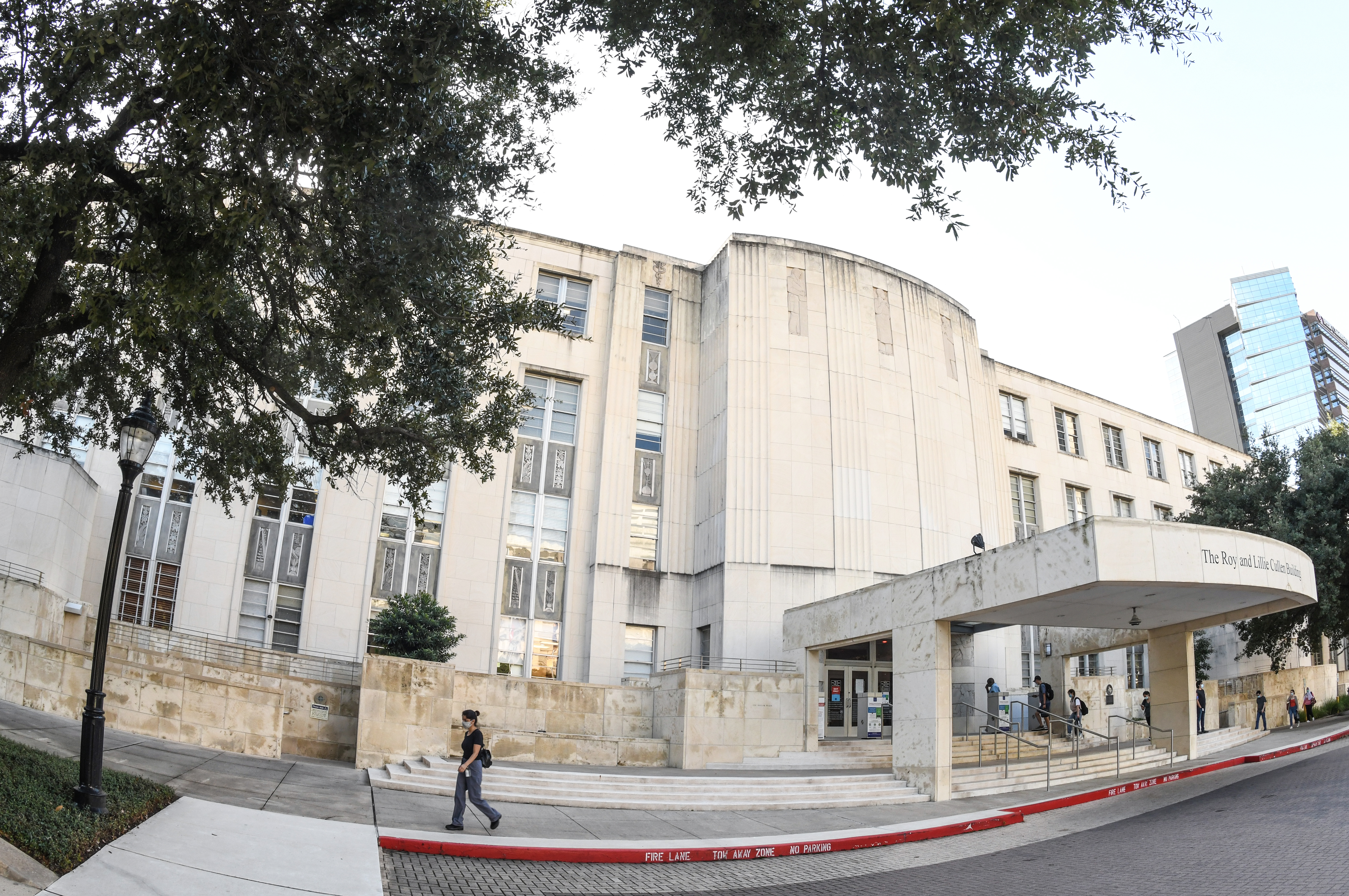
Global and emerging market equities experienced notable volatility during January. Equities dipped briefly early in the month after the dramatic escalation of tensions between Iran and the United States, marked by the killing of Major General Qasem Soleimani by a United States drone. This tension however de-escalated swiftly with positive sentiment from late 2019 rejuvenated some market rally following the signing of a ‘Phase One’ trade deal between the US and China. However, late in the month fears of the rapid spread of the Corona virus started to have some adverse impact particularly on emerging markets. In local currency terms (or for exposures that were hedged against the AUD), the developed markets ended the month relatively flat, but strongly in positive territory for unhedged exposures due to the significant depreciation of the Australian dollar against most other currencies.
The outbreak of Corona virus, originating in Wuhan, China, occurred over a period of increased travel within the country over the Lunar New Year, likely aiding the spread of the disease. Given we are still in the early stages of the outbreak, the quantum of its impact on human life, and subsequently markets and economies, is difficult to gauge at this stage. What is certain is a near-term drag on growth in China and its neighbours and key trading partners.
The signing of a ‘Phase One’ trade deal between the US and China, officially signed on the 15 January, was well received by markets. However, it is important to note that significant tariffs and structural issues, to be covered in the next phase, remain and are not likely to be resolved easily. Another significant event was that the UK officially exited the EU on 31 January 2020. Similar to the US/China trade deal, a high level of uncertainty remains, as the UK and EU now need to negotiate a new free trade agreement during the 11-month transition period. Consequently, the risk of a ‘hard Brexit’ remains, and could potentially intensify over the year if there is not material progress in the negotiations.
In Australia, the Reserve Bank of Australia (RBA) did not have a meeting in January, however at their meeting on 4 February, left the cash rate unchanged at the historic low of 0.75%. RBA Governor Philip Lowe noted that it is reasonable to expect an extended period of low interest rates and that the Bank remains prepared to ease monetary policy further if needed.
The investment returns of the major markets for one and three months, financial year, and one year to 31 January 2020 are summarised below.
Market Performance – 31 January 2020 | Month | Quarter | FYTD | 1YR |
Australian Equities | 4.9% | 6.0% | 8.3% | 25.0% |
Overseas Equities (Hedged into AUD) | -0.4% | 5.2% | 8.8% | 18.6% |
Overseas Equities (Unhedged into AUD) | 4.4% | 8.5% | 14.2% | 29.1% |
Emerging Markets (Unhedged into AUD) | 0.1% | 5.4% | 7.3% | 13.5% |
Australian Property (Unlisted) | 0.5% | 1.6% | 3.3% | 5.8% |
Australian Property (Listed) | 6.3% | 4.1% | 6.7% | 19.9% |
Global Listed Property (Hedged into AUD) | 1.3% | 0.3% | 8.2% | 12.7% |
Australian Bonds | 2.3% | 1.5% | 3.0% | 9.1% |
Overseas Bonds (Hedged into AUD) | 1.8% | 1.3% | 3.4% | 8.1% |
Cash | 0.1% | 0.2% | 0.6% | 1.4% |
Australian Dollar vs. US Dollar | -4.8% | -2.8% | -4.6% | -8.2% |
Source – JANA, FactSet
In contrast to most global markets, the Australian equity market rose 4.9% in January, with the Health Care (12.0%) and IT (10.2%) sectors posting the largest gains, while the Energy (0.6%) and Utilities (1.0%) were the weakest. Large caps (5.1%) outperformed small caps (3.4%) over the month. Australian listed property (6.3%) outperformed global listed property (1.3%).
The MSCI World Index ex-Australia (hedged into AUD) fell -0.4% over the month. In developed markets, Portugal (6.1%) was the strongest, while Hong Kong (-4.8%) and the UK (-3.3%) underperformed. The MSCI Emerging Markets Index was down by 3.6% in local currency terms with China falling (-4.9%) over the month on Corona virus concerns. The EM index unhedged against the AUD was up by 0.1% for the month.
The Australian and Overseas bonds, which the markets tend to see as safe havens, performed positively over the month, supported by the turn in sentiment particularly towards the end of the month. Driven by the fall in the Australian 10-year yield and falling commodities, the AUD depreciated -4.8% against the USD and ended the month lower against all the major developed market currencies.







